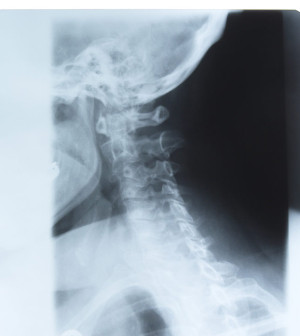- Understanding the Connection Between Anxiety and Depression
- How Daily Prunes Can Influence Cholesterol and Inflammation
- When to Take B12 for Better Absorption and Energy
- Epsom Salts: Health Benefits and Uses
- See What Saffron Can Do for Sleep and Heart Health
- 6 Common Mistakes to Avoid Before Your Physical
- Can Sweating Really Help You Beat a Cold?
- Strengthening Your Relationship: Practical Strategies
- Skip Storing This Everyday Product in the Fridge Door
- Green Tea + B3 Pairing May Boost Brain Health
How to Prevent Painful Swimmer’s Ear

Swimmer’s ear — a common summertime problem among children — is easy to prevent, an expert says.
“Swimmer’s ear is a bacterial or fungal infection caused by water caught in the ear canal. The tell-tale signs are swelling of the ear canal and some drainage or discharge,” said Dr. Nina Shapiro, director of pediatric otolaryngology at Mattel Children’s Hospital of the University of California, Los Angeles.
Other types of ear infections cause pain inside the ear, but swimmer’s ear causes pain when the outside of the ear is touched, Shapiro said in a university news release.
Swimmer’s ear can be prevented by using the corner of a washcloth or towel to dry ears after swimming. If a hair dryer is available, use the low setting and place the dryer about one foot away from the ear to dry it, Shapiro said.
Never use a cotton swab to clean or dry the ear canal because it can damage the ear drum, she warned.
You can get over-the-counter ear drops to prevent swimmer’s ear, but these should not be used on children who have ear tubes, ruptured eardrums or have had ear surgery, Shapiro said.
If a child does develop swimmer’s ear, doctors may prescribe anesthetic, antibiotic or antifungal ear drops, she said.
More information
The American Academy of Pediatrics has more about swimmer’s ear.
Source: HealthDay
Copyright © 2026 HealthDay. All rights reserved.










